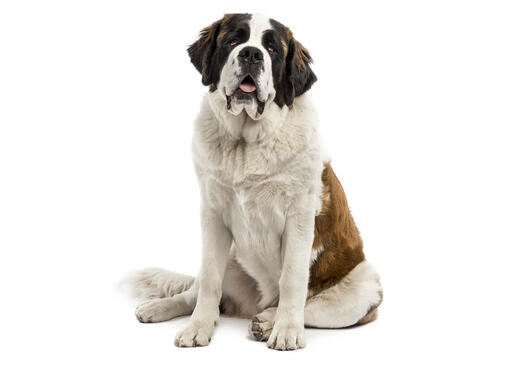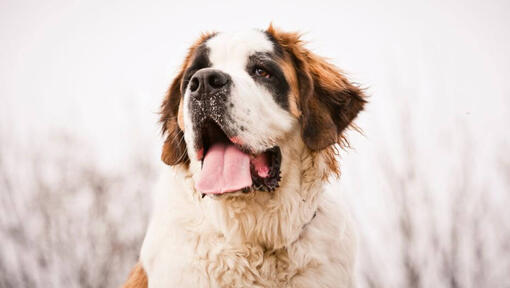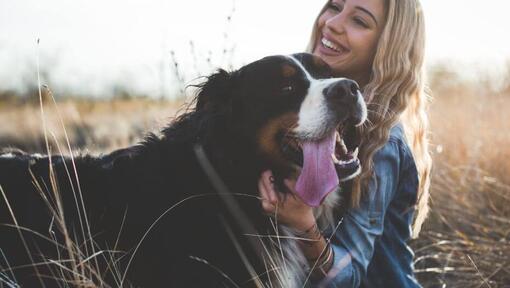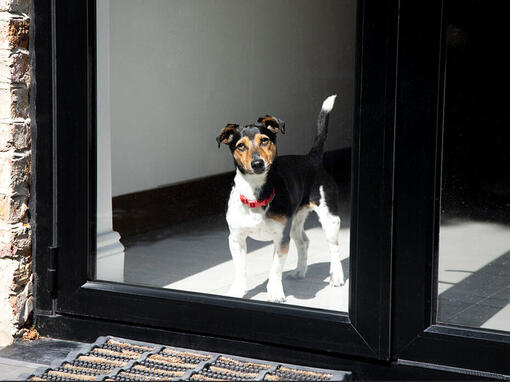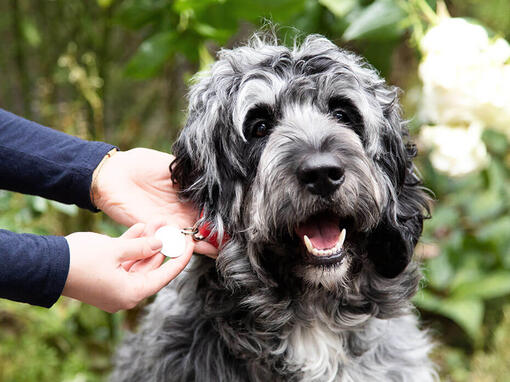History and Origins
Country of Origin: Switzerland
The St. Bernard breed was developed in the 18th century by monks at a hospice offering aid and shelter to travellers in the Swiss Alps. It was recorded in 1774 that these dogs were being used as rescue dogs to locate travellers in need of help. Their fame grew and for a while they were called Good Samaritan Dogs. It’s thought that over 2000 travellers have been saved by St. Bernards.
It isn’t just mountain rescue that St. Bernards excel at. One St. Bernard called Bamse, a ship’s dog of a Norwegian minesweeper in World War II, won a PDSA award for courage in action. He was stationed in Montrose, Scotland, and one of his duties was to collect his shipmates from the pubs at closing time! He became so well known in the town that upon his death in 1944, local schools closed to allow hundreds of children to attend his funeral. Today his grave is still honoured in Montrose.




